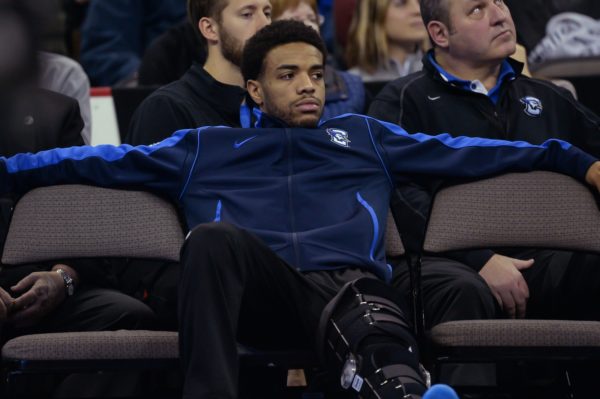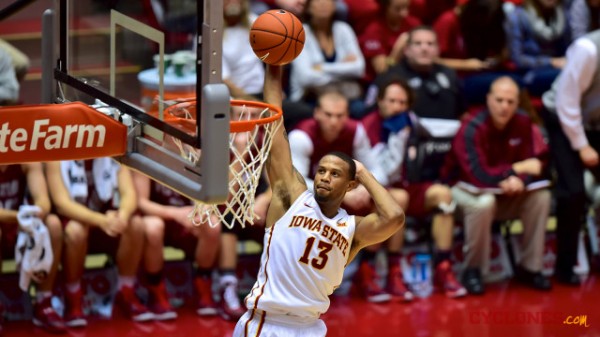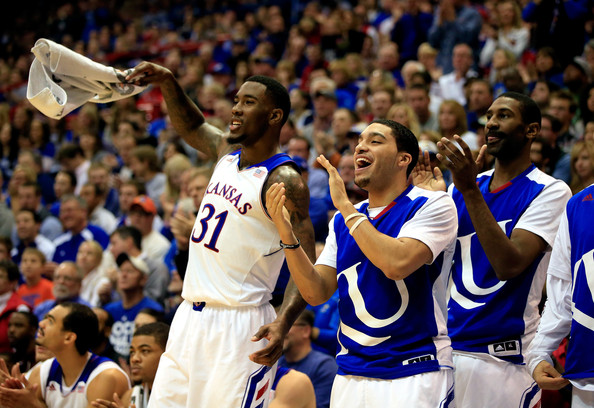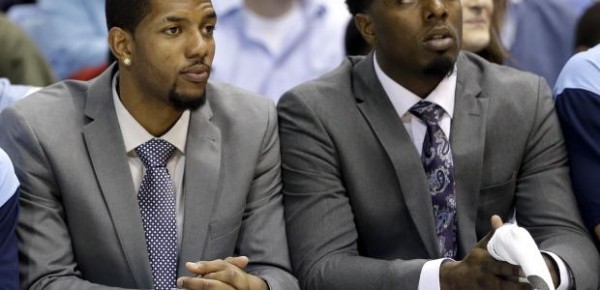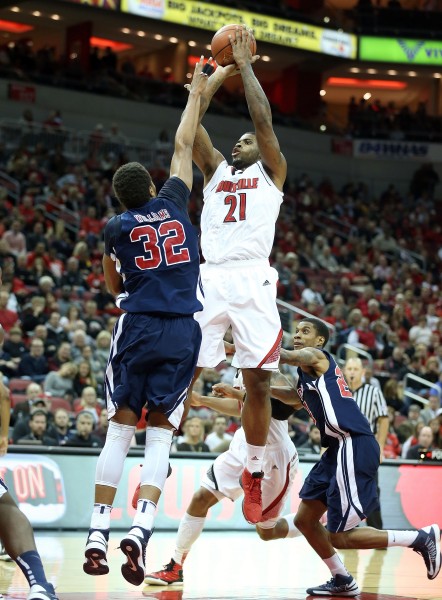Judging the Seeding Impact of Major Injuries and Suspensions
Posted by Shane McNichol on February 3rd, 2017The NCAA Tournament Selection Committee faces a number of difficult decisions while building the field for this year’s NCAA Tournament. After sifting through home and road performances, quality wins, RPI and every other tool currently available, the committee faces one particularly difficult task: evaluating teams that were without the services of a certain player because of injury or suspension. Of the myriad criteria the committee considers, no subject is more nebulous as judging a missing player’s effect on games in which he was not involved. The committee does not ignore those games nor does it consider them victories had the player been in action, but the gray area in between those two extremes is where it gets tricky. The injury bug and suspensions have hit quite a few likely NCAA Tournament teams this year, but four in particular could face some upward or downward seeding movement based on those missing players. Those four teams — Creighton, Xavier, Arizona and Duke — will be evaluated on more than just their wins and losses.
- Creighton: The Bluejays lost Maurice Watson, the nation’s assist leader and catalyst of Creighton’s high-powered offense, to an ACL injury two weeks ago. In the four-plus games since his season-ending injury, Creighton has been a mixed bag. The next two games were troublesome, with the Bluejays losing a home game to Marquette in which they gave up 102 points, followed by a blowout defeat at Georgetown. Since then, a win over lowly DePaul and an impressive victory over Butler at Hinkle Fieldhouse seems to have steadied the ship. It appears that head coach Greg McDermott is rerouting his team’s trajectory by increasing the offensive load carried by Justin Patton and Marcus Foster. Creighton’s ceiling as a Final Four contender has certainly changed, but its overall resume should be strong enough to place the Bluejays safely in the NCAA Tournament. This team’s performance in its final eight Big East games will heavily impact the committee’s seeding decision, though, especially in crucial games like a February 25 rematch with Villanova.





























